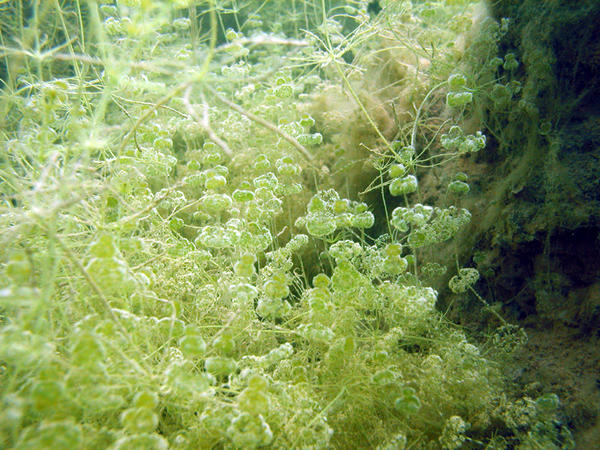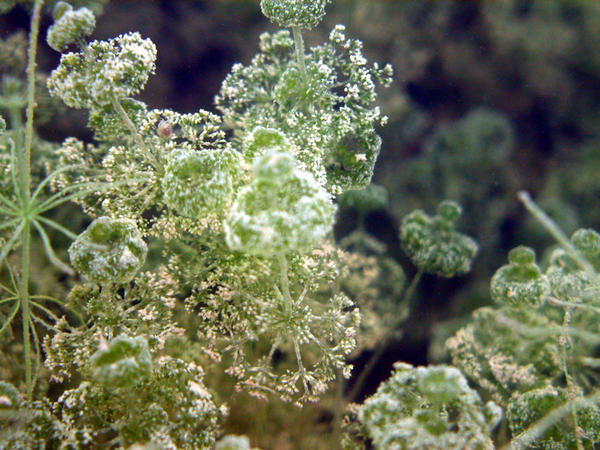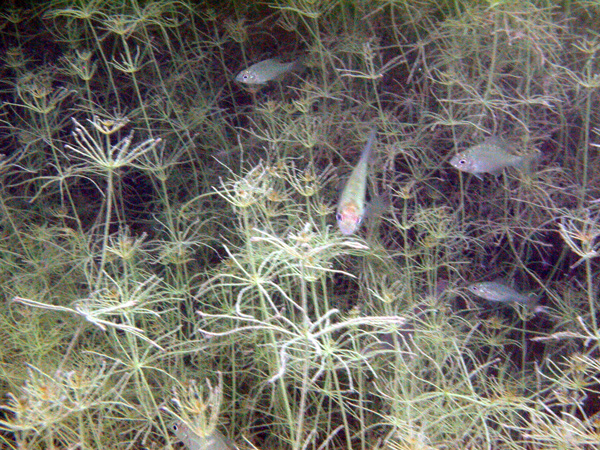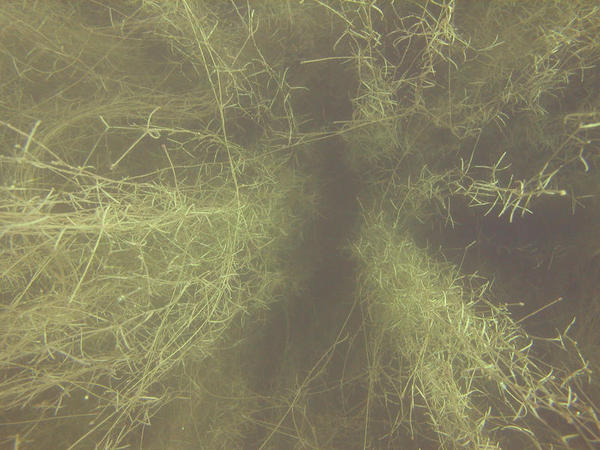We've got alot of this kind of stuff in Twin Lakes. We've been calling it bubble grass but I know that's not right!


Also, this one....

The 'bubble grass' grows to right below the first thermocline around 22ft. The second one is found mostly in the shallows down to about 15ft.
And this one....

We've seen this stuff be 20+ft tall. This photo isn't that great for identifying purposes, it was taken from the surface. It's like a forest! By about the end of June, this grass has fallen over flat to the bottom and eventually dies out by the time the water is in the high 80's.
Thanks!


Also, this one....

The 'bubble grass' grows to right below the first thermocline around 22ft. The second one is found mostly in the shallows down to about 15ft.
And this one....

We've seen this stuff be 20+ft tall. This photo isn't that great for identifying purposes, it was taken from the surface. It's like a forest! By about the end of June, this grass has fallen over flat to the bottom and eventually dies out by the time the water is in the high 80's.
Thanks!




